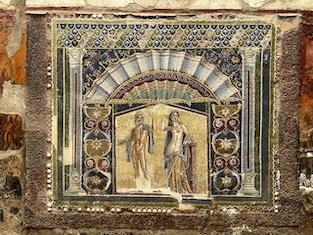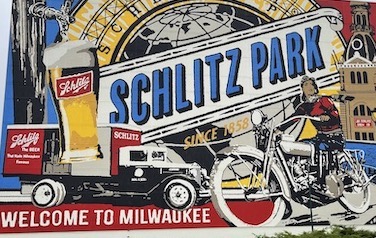Houseboats lure thousands of families to rivers and lakes for unique, get-away-from-it-all vacations. The slow-moving vessels sleep up to a dozen passengers and are equipped with many modern amenities, such as ovens, refrigerators, toilets, hot showers, gourmet kitchens and bedrooms with linens. Some houseboats look downright luxurious, albeit somewhat compact. Lake Powell is billed as America’s Best Houseboating Destination because of the stunning scenery in southern Utah and neighboring Arizona. The lake is among the nation’s largest manmade reservoirs with 2,000 miles of shoreline, hundreds of private beaches and 96 side canyons where you can drop anchor and bask in the majestic solitude.











